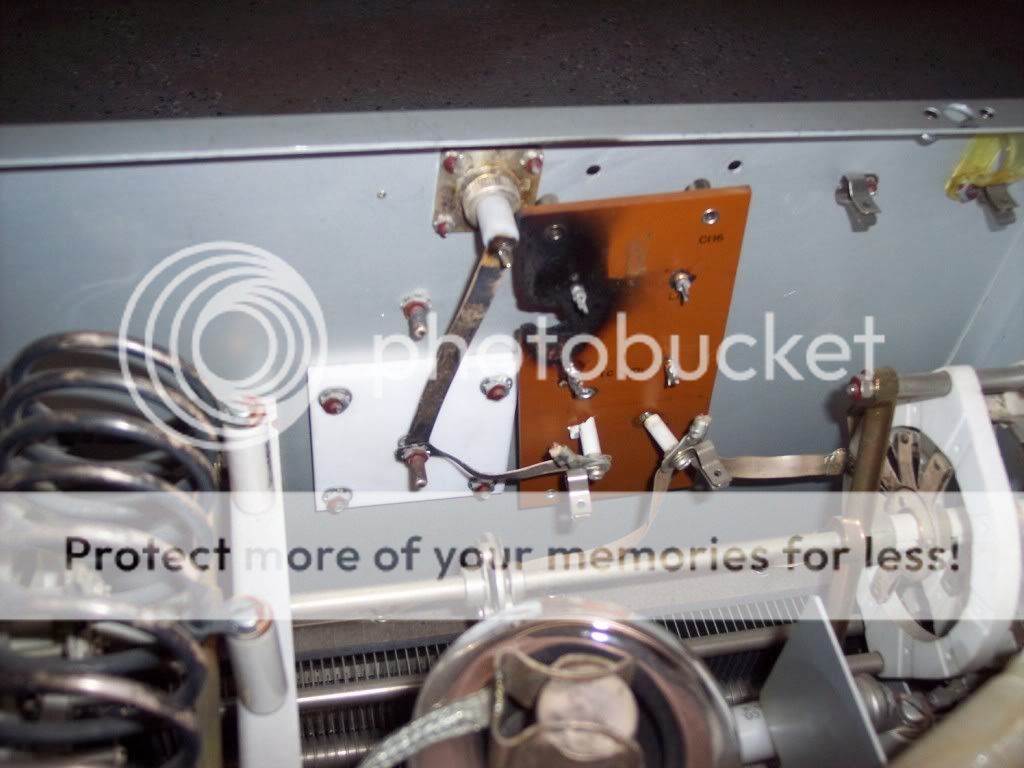What you have there is the R.F. deck from a Technical
Material Coproration GPT-750.
IMHO Put in the tubes with the most dissipation possible. That would be 4-400s if staying grid driven which really isn't the easiest thing to do in a linear amp. A pair of 3-500Zs would plug right in. Add a filament bifilar choke and drive the cathodes. Done.
The tank circuit is capable of a little over 3 kw P.E.P. from 2-30 MHZ. 160 might need some padding. Same rig could be supplied plate modulated which is why the tank circuit is so beefy.

Kamikaze, in your opinion, what was on the circuit board mounted to the wall that fried? I am thinking that it had something to do with an output indicator, Maybe an RF Ammeter?
.
